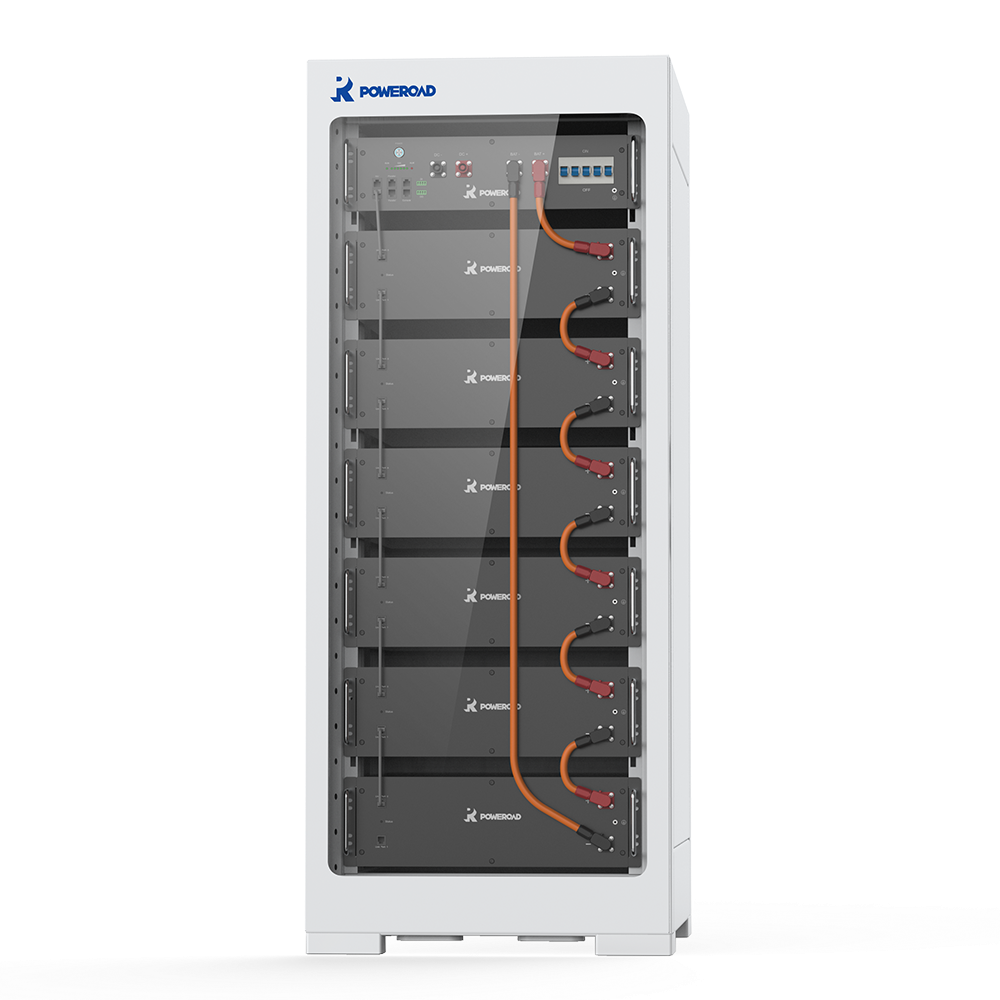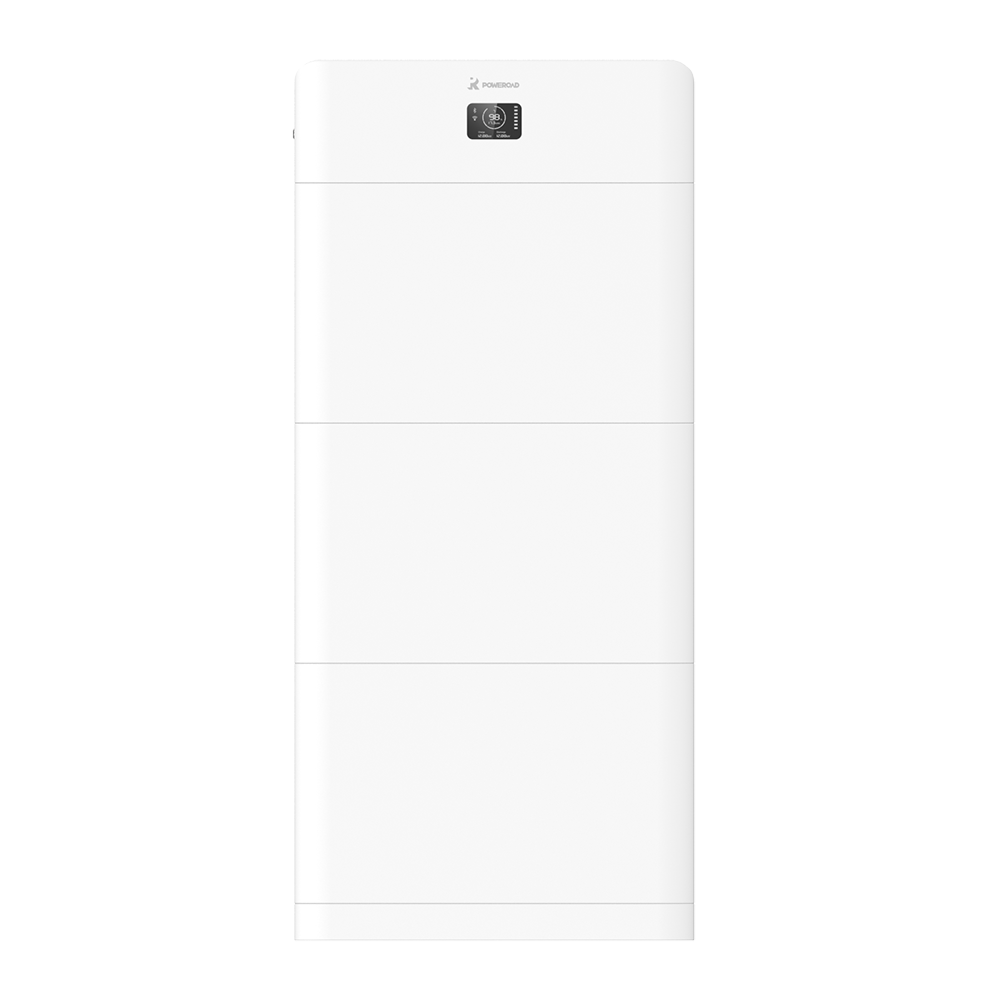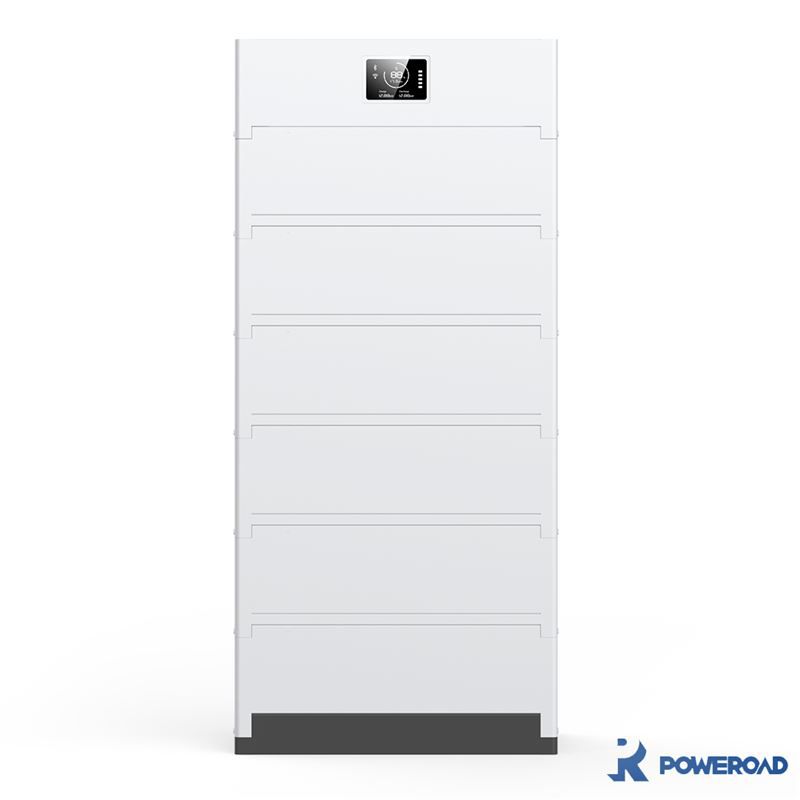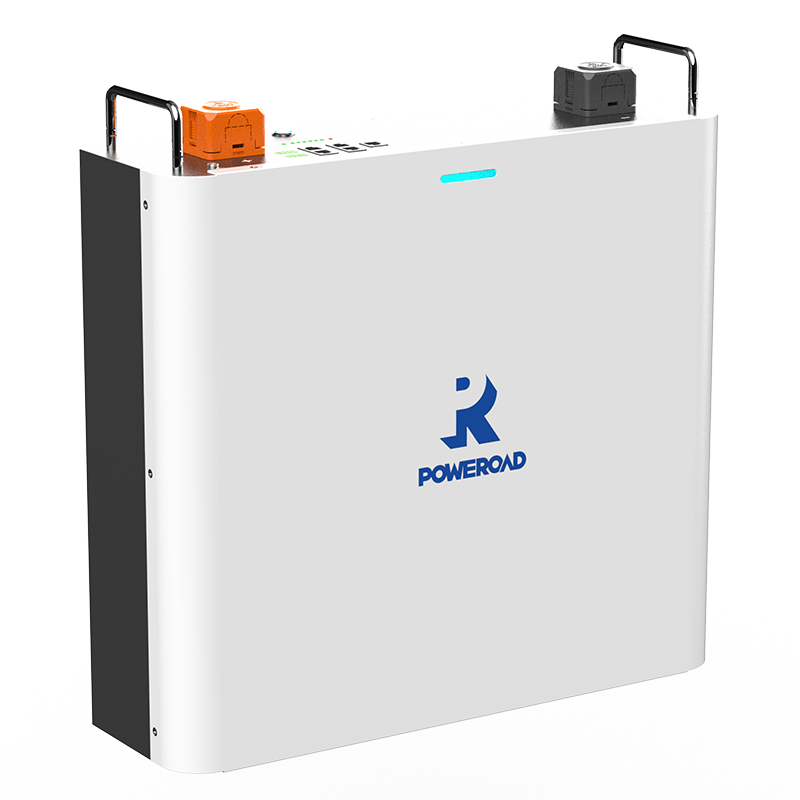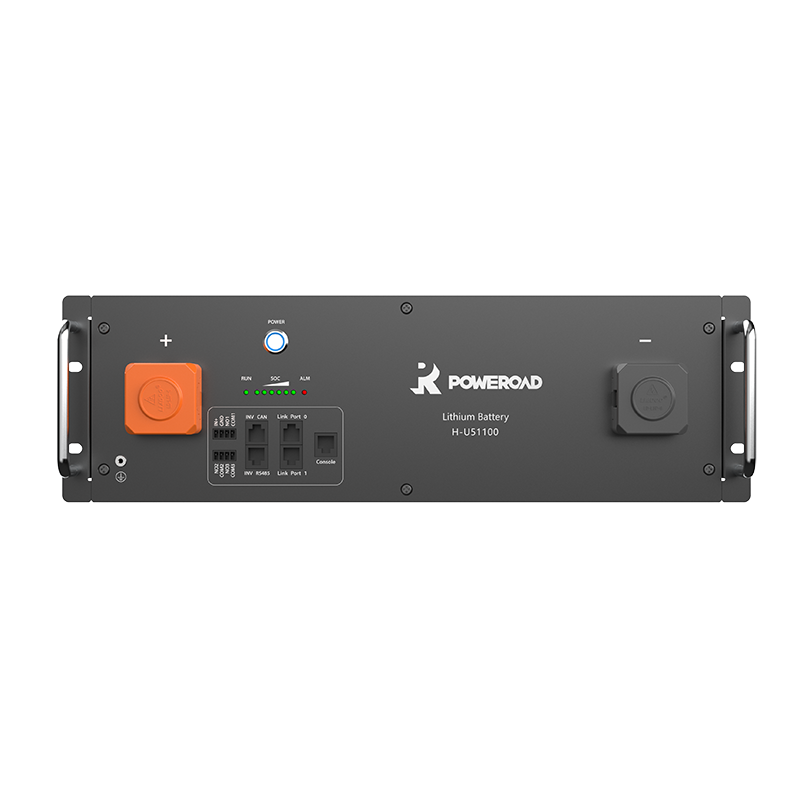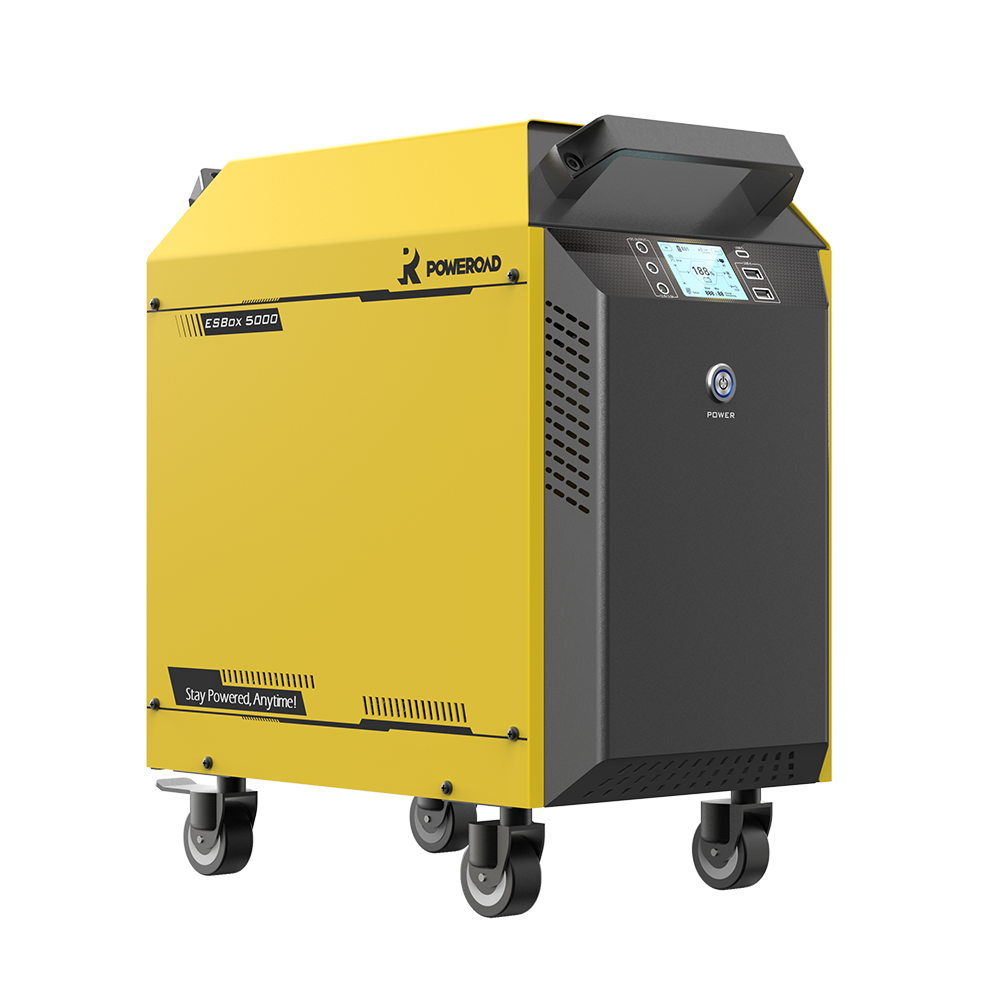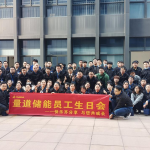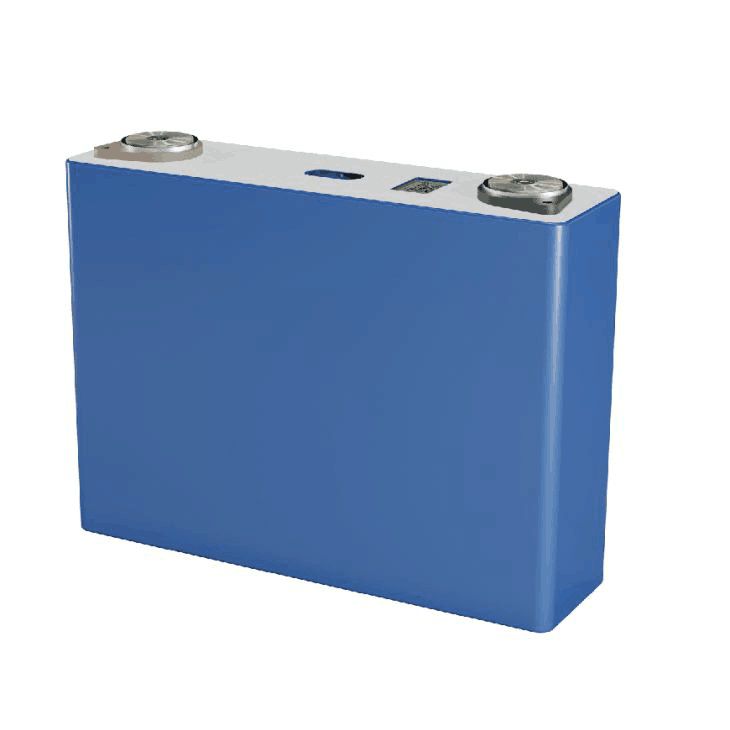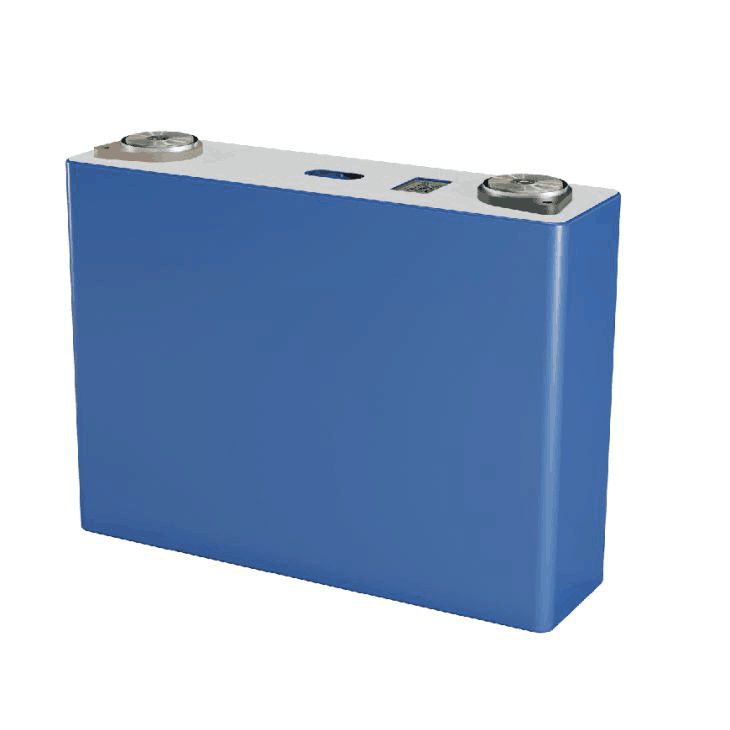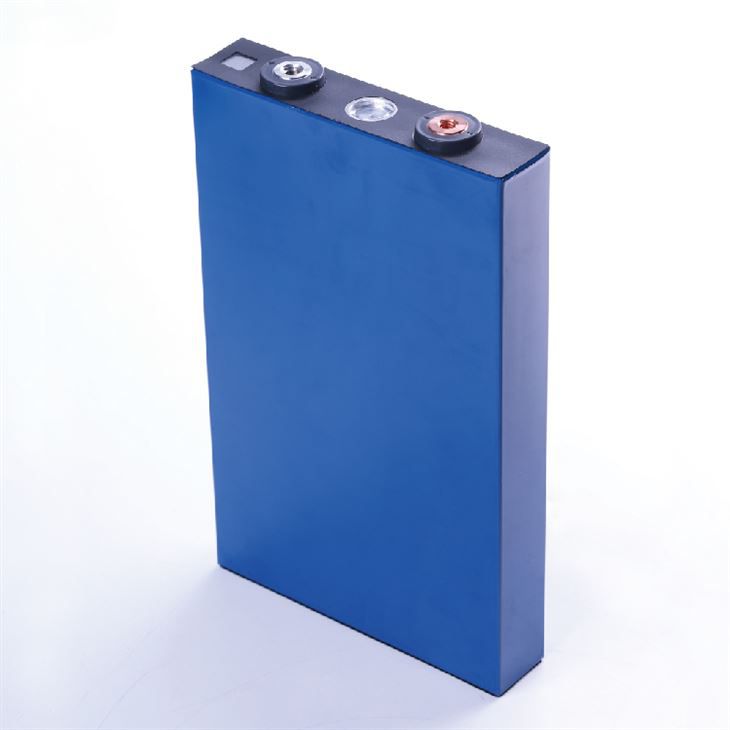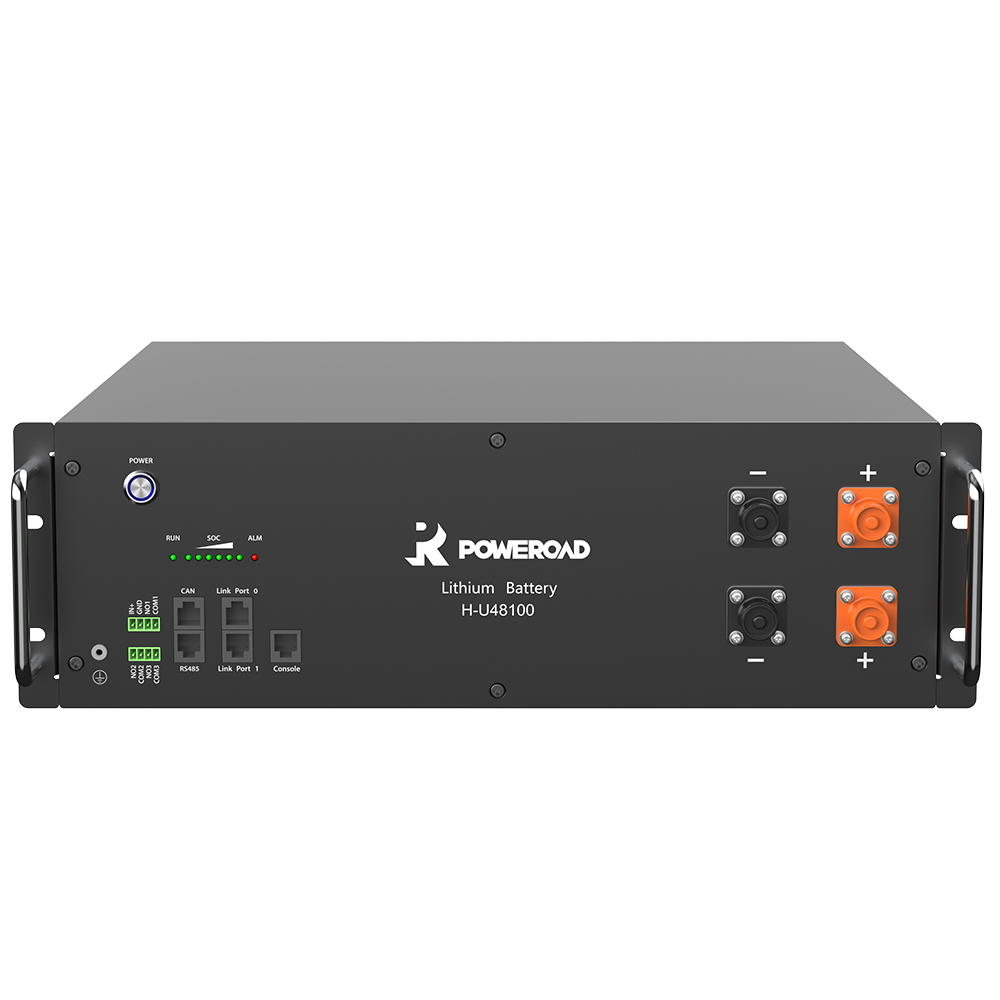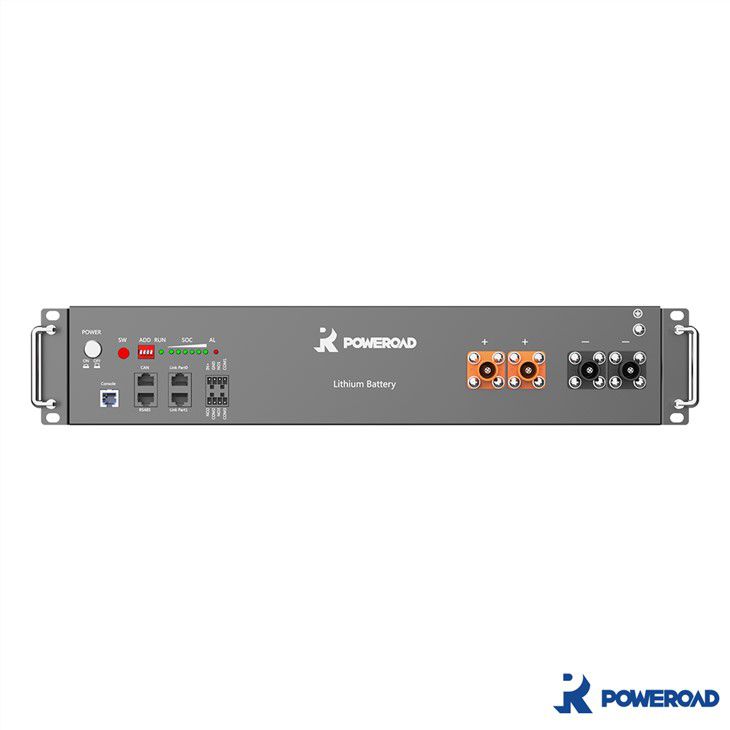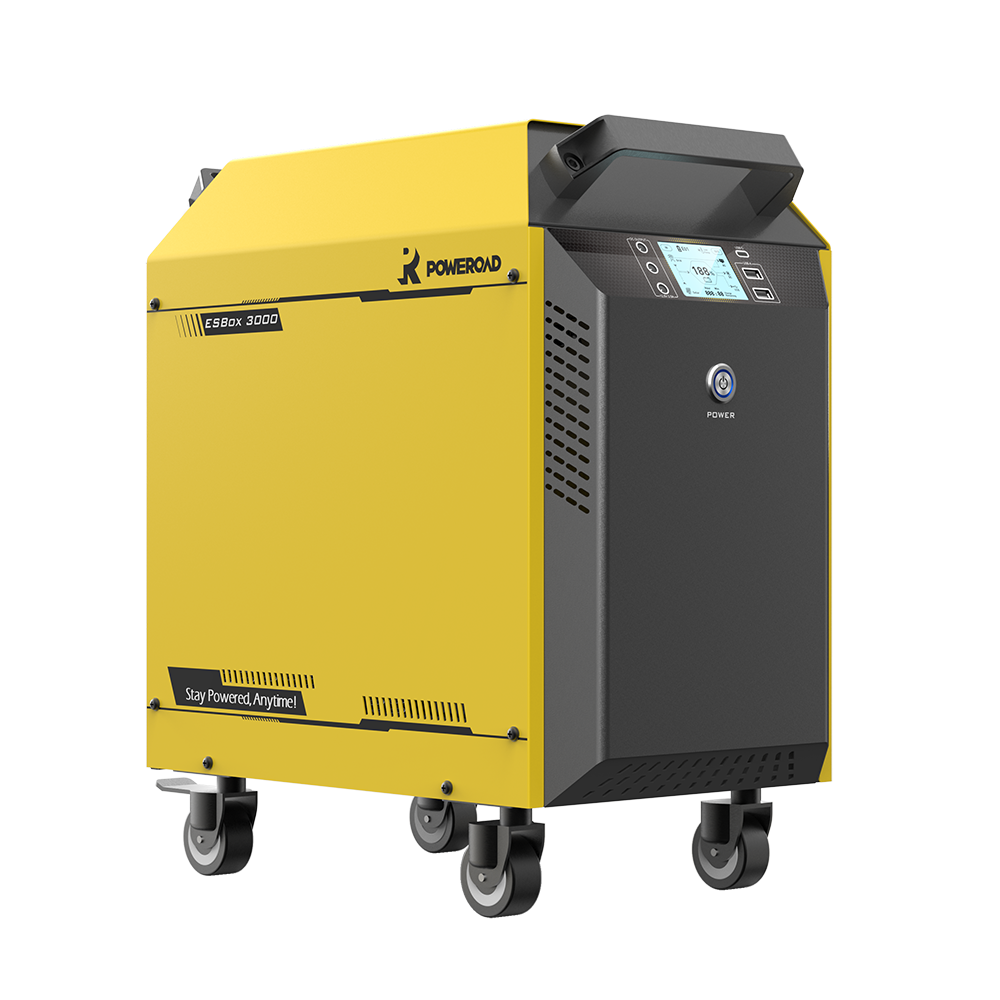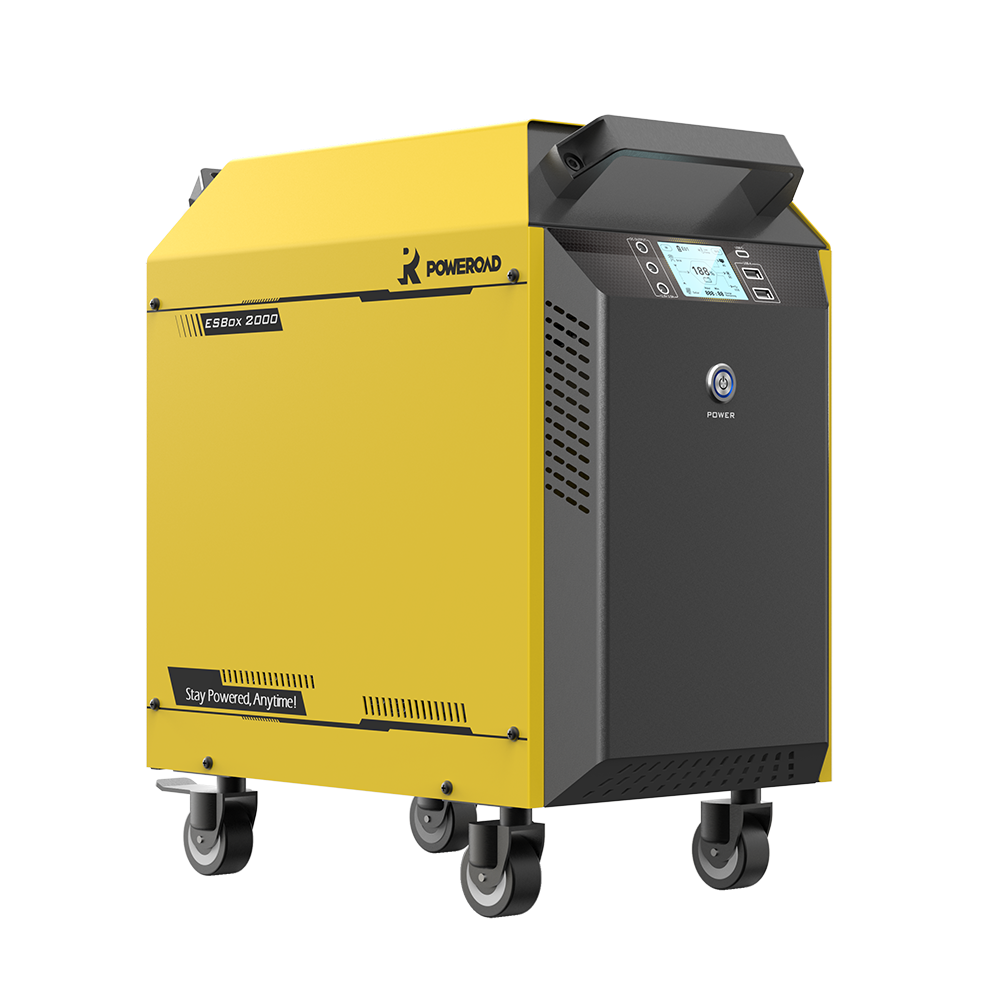Lithium battery cells have become increasingly popular in recent years due to their high energy density, low self-discharge rate, and longer lifespan compared to other types of batteries. In this article, we will explore the features and applications of lithium battery cells, their advantages, and how they are classified.
Definition and Characteristics
Lithium battery cells are rechargeable batteries that use lithium ions as their primary component. They consist of a cathode, an anode, and an electrolyte that allows positive lithium ions to flow from the cathode to the anode during discharge and vice versa during recharge. Lithium battery cells come in various sizes and shapes, ranging from small cylindrical cells used in consumer electronics to large flat pouch cells used in electric vehicles.
One of the main advantages of lithium battery cells is their high energy density, which means they can store a lot of energy while having a low weight and small size. They also have a low self-discharge rate, meaning they can retain their charge for longer periods without use, and a longer lifespan when compared to other types of batteries.
Applications of Lithium Battery Cells
Lithium battery cells are used in a wide range of devices, from small-scale consumer electronics to large-scale applications like electric vehicles and grid storage. Some of the most common applications of lithium battery cells include:
- Consumer electronics – Lithium battery cells are used in various devices, such as laptops, smartphones, and cameras due to their high energy density and longer lifespan.
- Electric vehicles – Lithium battery cells are used in electric vehicles due to their ability to store a large amount of energy, which can power the vehicle for longer distances.
- Grid storage – Lithium battery cells are also used in grid storage systems, such as residential and commercial solar panel installations, to store excess energy for later use.
Classification of Lithium Battery Cells
Lithium battery cells can be classified based on their shape, size, and composition. Some of the most common types of lithium battery cells include:
- Lithium-Ion Cells – These cells are the most common type of lithium battery cells and are characterized by their high energy density, low self-discharge rate, and long lifespan.
- Lithium Polymer Cells – Lithium polymer cells are similar to lithium-ion cells but are thinner and have a flexible packaging that allows them to be used in various devices, including wearables and medical devices.
- Lithium Iron Phosphate Cells – Lithium iron phosphate cells are known for their high safety and long cycle life, making them ideal for electric vehicle and grid storage applications.
In conclusion, lithium battery cells have become an essential component in various applications due to their high energy density, low self-discharge rate, and longer lifespan compared to other types of batteries. By understanding their features and potential applications, users can make informed decisions when selecting the right type of lithium battery cells for their specific needs.
Related Products

